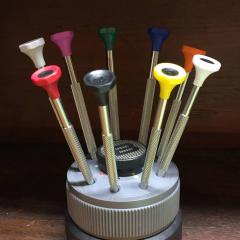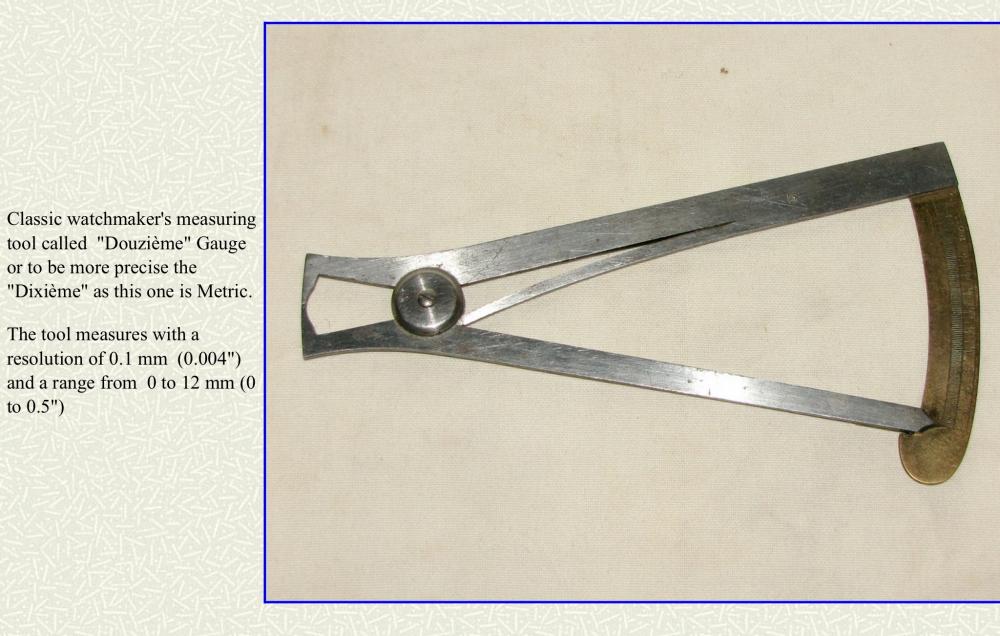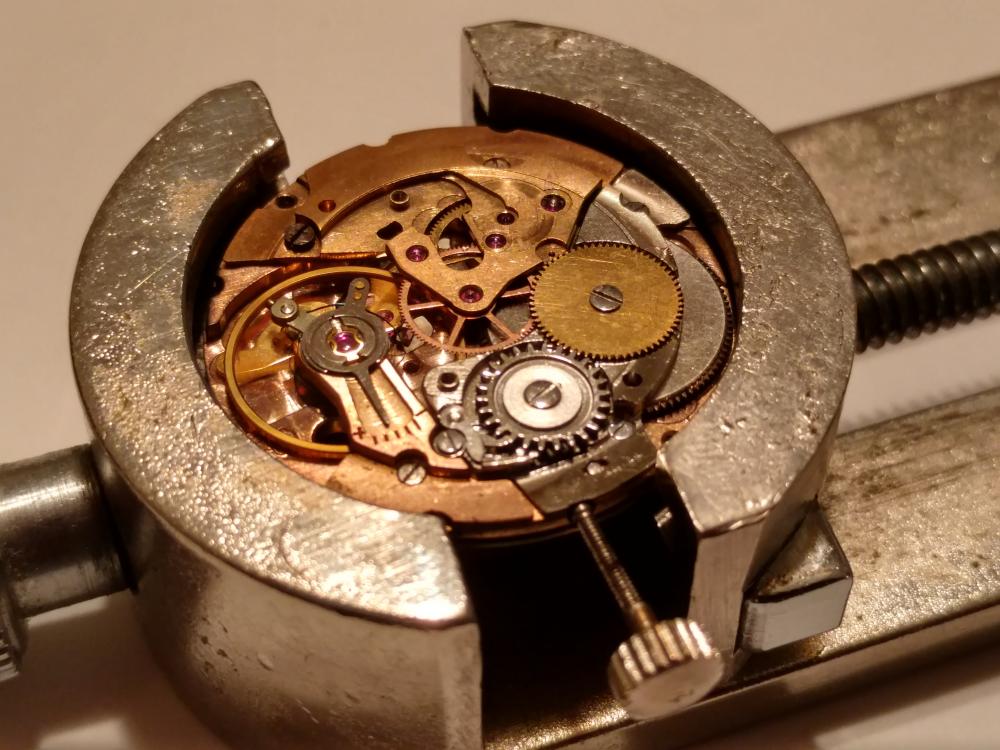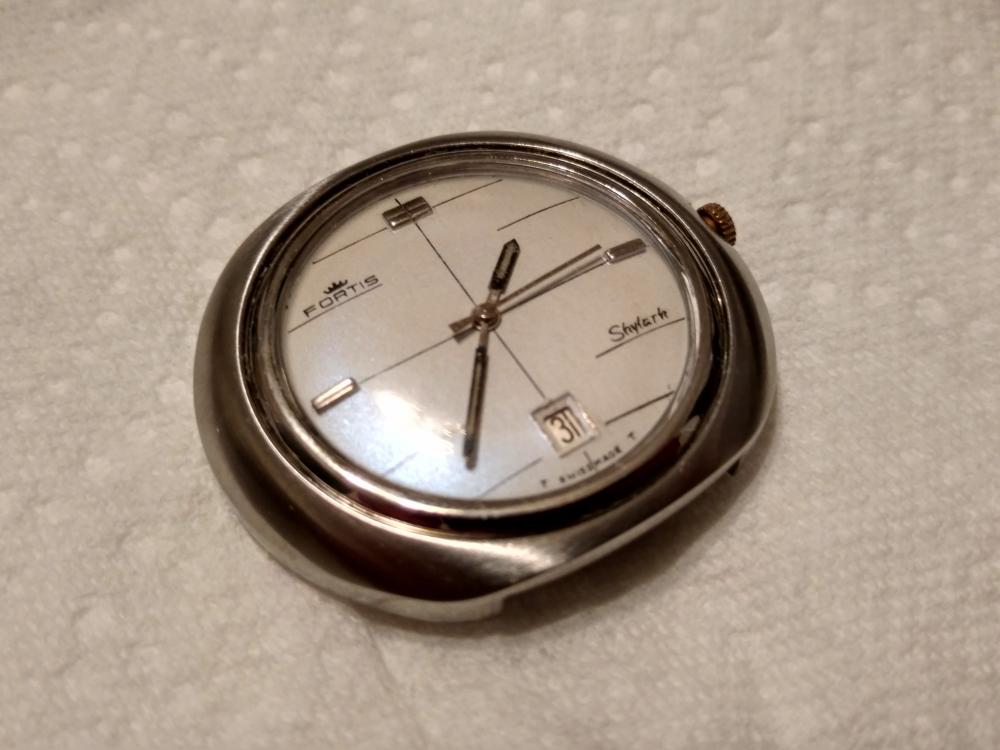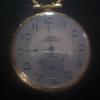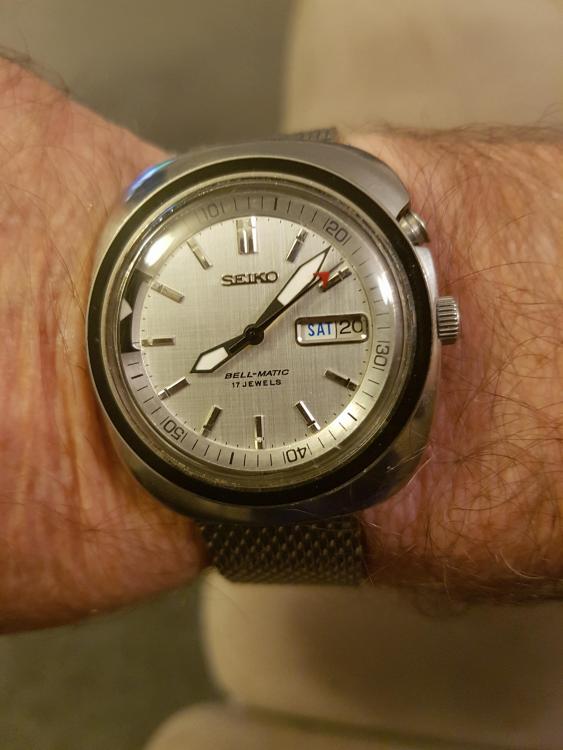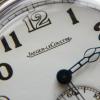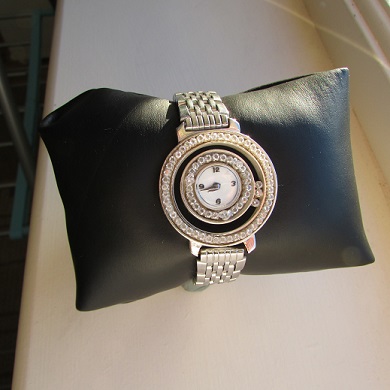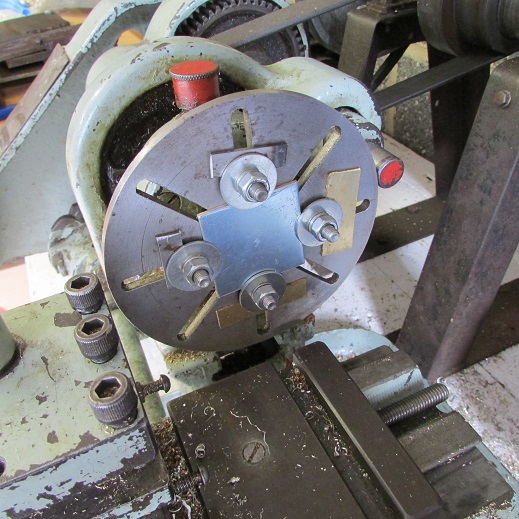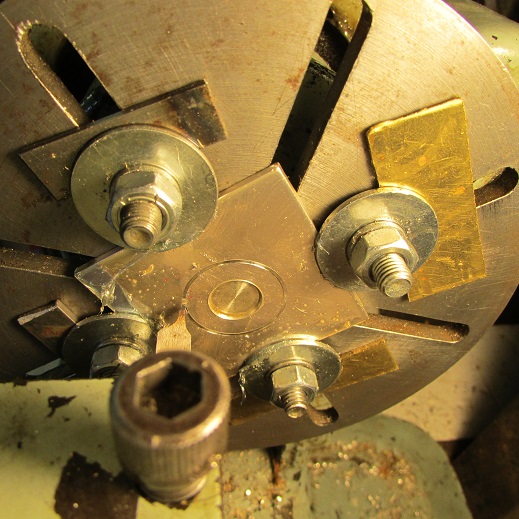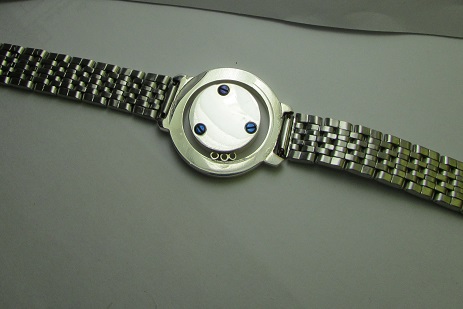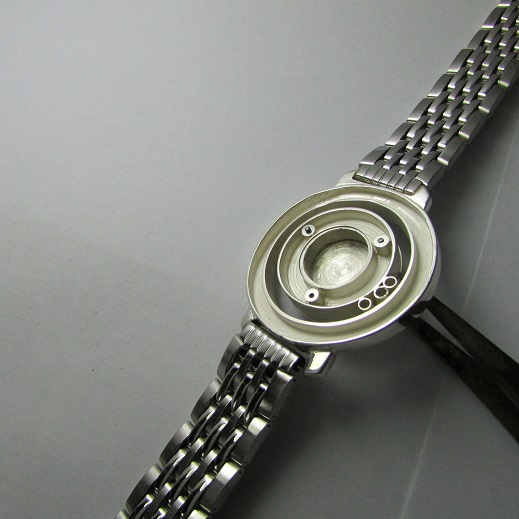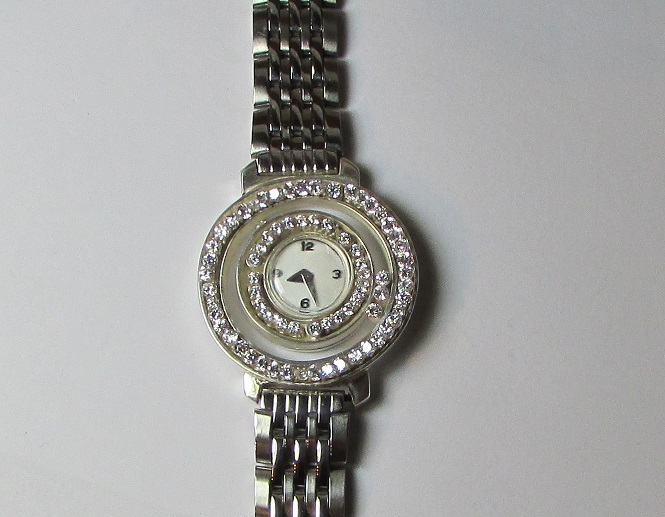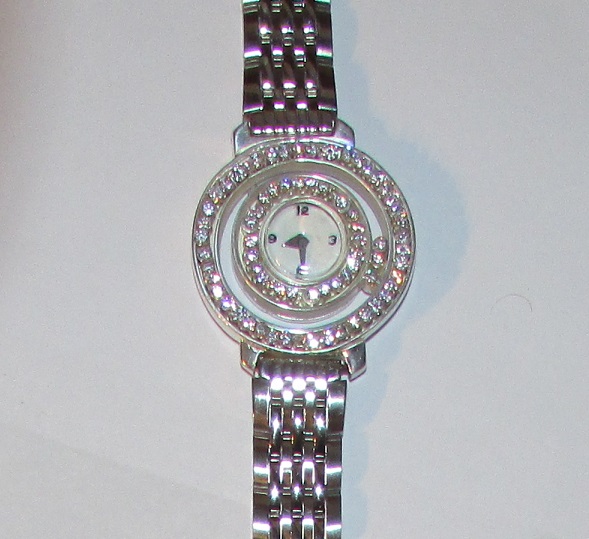Leaderboard
Popular Content
Showing content with the highest reputation on 08/22/16 in all areas
-
2 points
-
Not that anyone would have or should have noticed, but I completely stopped coming to this site since the beginning of July. I've had lots of projects going on throughout the summer and I feel bad but since I started selling vintage watches and offering services, my journey here on a daily basis has ended....to the point that I forgot about it for a good minute:( I am aware that no information can be listed here from other sites so all my time has gone into sales and service versus posting tutorials here. I miss coming here to chat and will hopefully have time soon to reflect back and possibly do a few tutorial/service walkthroughs for everyone. They do help you guys, correct? lol Favorite project this summer was a customer's watch -> 1960's Fortis sporting an ETA2622. He reported that it didn't work; go figure. The winding plate was pretty much GONE; the stem chewed through it! Was very exciting stuff but the re-lume and case restoration were the most exciting!1 point
-
Hi all Well, after a very long time lurking, I thought it was about time I joined this forum! My name is Olivier and I live in the UK, in the South Coast area. I have been a watch collector for a many years. My interest (obsession?) for working on watches started a few years ago, with a cheap tool set from ebay, and the plan to customise a Seiko SKX. It turned out great, and by then I was well on that slippery slope! A few years down the line, I have a little workshop area setup in my house to practice and enjoy the hobby. I mainly work on Vintage Mechanical Seikos. I have learnt so much through reading threads on this forum, I hope I will be able to contribute as well. I will conclude my first post by thanking Mark for sharing his knowledge on his youtube channel - It has been inspirational for me, to the point that I have now decided to take the hobby to the next step, I will soon be starting formal training with the BHI. All the best Oli1 point
-
This Longines should arrive this coming week. Cal 12.68Z movement Comments very welcome.1 point
-
Welcome Pip. Enjoy the forum & If you have a question re- a watch/clock a picture is always helpful & there always seems to be a member to help you on your way. Enjoy PS A new element to the forum is to become a Patron. Mark is running this watch repair course that you might find useful.1 point
-
I wouldn't have thought it would have caused a problem Roger, but I'm sure you will enlighten us know in the next few days.1 point
-
Apologies that it has taken so long for me to reply to your question. All K&D punches I've found work in all of the frames I own (a number of different Inverto models and a New Model 12). What I *think* is true is that all the punches are the same diameter: No. 31 Stubs' Wire Gage, 0.185". I've mic'ed a random selection of punches from my newest, oldest and a middle aged (?) Inverto, and all had diameters within 0.0005" of the No. 31 SWG nominal of 0.185". One thing to note: the punches from K&D's older (non-Inverto) tools are longer than those in the Inverto.The Inverto punches were likely shortened to facilitate their use when inverted. The longer punches have letter prefixes on the punch number (e.g. A12, B72, etc.)...mostly. I have some longer punches with a letter S *suffix*, not prefix. I've yet to figure out what sets these S punches were used with. Just to be even more confusing, at some point K&D started using an A suffix to denote smaller center holes in some of their (shorter) Inverto punches. Best of luck with your staking set adventures.1 point
-
JDM, Turns are an early form of lathe that utilizes two dead centers instead of a rotating headstock. The piece to be turned is secured to a driving dog that is engaged to a pulley with a pin. As the pulley is turned the pin pushes against the driving dog and rotates the part. A Jacot tool is really a specialized form of turnes. The pulley can be driven by a bow, handwheel or motor. The advantage of turning this way is that rotating the part around dead centers is extremely accurate. The disadvantage is that the work has to be rotated very slowly. Using this method the part can be removed from the lathe, measured and repositioned with almost no loss of accuracy. There is a Steffen Pahlow video on Youtube called TURNING BETWEEN CENTERS ON A LATHE that shows a part being turned on a set of turns. david1 point
-
Alan Garrett is a UK resident/blogger/researcher on the origins of Russian watches. Interesting read for those with a thirst for historical watch knowledge. http://birthofsovietwatchmaking.blogspot.co.uk/1 point
-
Hi all and thank you very much for the warm welcome. I'll try to answer all the questions in this post (sorry multi quoting is not my forte!) This is a photo of my collection of Seikos as it currently stands I say currently as it is only transient... Over the years I have had an MM300, a Samurai, a Quartz Grand Seiko SBGX005), 2 pogues (one yellow one blue), and a very rare SBQJ019 (GMT & perpetual calendar) to name the more notable ones. I guess that makes me a bit of a Seiko nut but I do also collect other brands! Sorry I don't have a photo of my first mod to hand, but I will look for it next time I'm on the computer. The BHI course I want to start is the distance learning, technician grade, with tutor feedback. I will probably go on 1-2 practical courses, but I want to focus on the DLC first. And I am not sure what the earliest Seiko I have taken apart is. It would be from the 70s for sure, i have worked on 7S26, 6309, 7548, and 7009s. Thank you all for your responses and friendly welcome1 point
-
1 point
-
1 point
-
1 point
-
Breaking away from Seiko's for a change, i saw this and had to give it a work over Swiss Made but assembled in England, the case design is awesome, smooth curved lines contrasted with straight and angular hands/indices, and that seconds hand just tipped me over the edge ETA 2783 - Summit 25 Jewel Automatic1 point
-
Thank you for positive comments. Glass is on, all the zircona was glued onto silver setting strips with Araldite Crystal Clear. There is plenty of things not right which I would do differently, but I suppose that is the problem when no prototype to try things out first. Anyway, I learnt a lot doing this project, and I know some of the areas that need to be improved1 point
-
1 point


